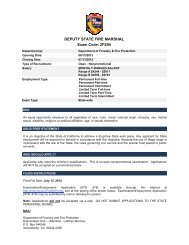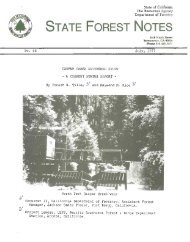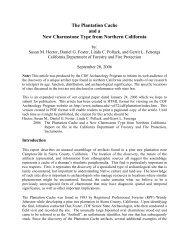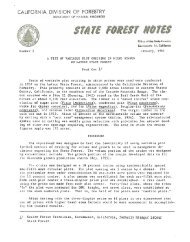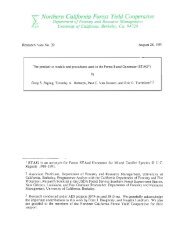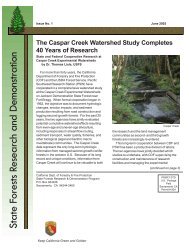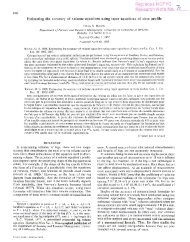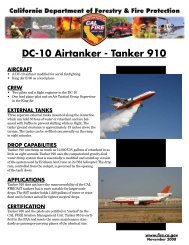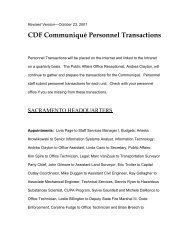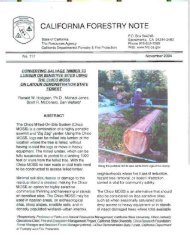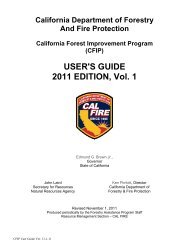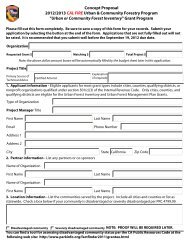Create successful ePaper yourself
Turn your PDF publications into a flip-book with our unique Google optimized e-Paper software.
Ignition Workload Assessment<br />
2005 Riverside <strong>Unit</strong> Pre-Fire Management Plan<br />
Public Resources Code (PRC) Section 4130 sets for the following responsibilities for<br />
the Board <strong>of</strong> Forestry and CDF:<br />
Directs the Board to classify all wildland within <strong>State</strong> Responsibility Area (SRA)<br />
based on cover, beneficial water uses, probable erosion damage and fire risks and<br />
hazards.<br />
Determine the intensity <strong>of</strong> protection to be given to each type <strong>of</strong> wildland.<br />
Prepare a Fire Plan to assure adequate statewide fire protection so that lands <strong>of</strong><br />
each type can be assigned the same intensity <strong>of</strong> protection.<br />
The ignition workload assessment will show how successful CDF has been in<br />
providing equal fire protection to similar lands. In addition, it will show where this<br />
goal is not being achieved and improvement is needed.<br />
Fires are grouped into "success" and "failure" categories based on various factors.<br />
The assessment groups fires by general vegetation or fuel types (planning belts).<br />
Within the fuel type, fires are further classified based on final fire size and weather<br />
conditions at the time <strong>of</strong> ignition. Each fire is classified and labeled as either a<br />
successful initial attack or a failure.<br />
Successes vs. failures by fuel types are attached. Riverside <strong>Unit</strong> shows very good<br />
initial attack success, for grass – 96%, brush – 91%, woodland – 94%, and conifer –<br />
95%.<br />
35




